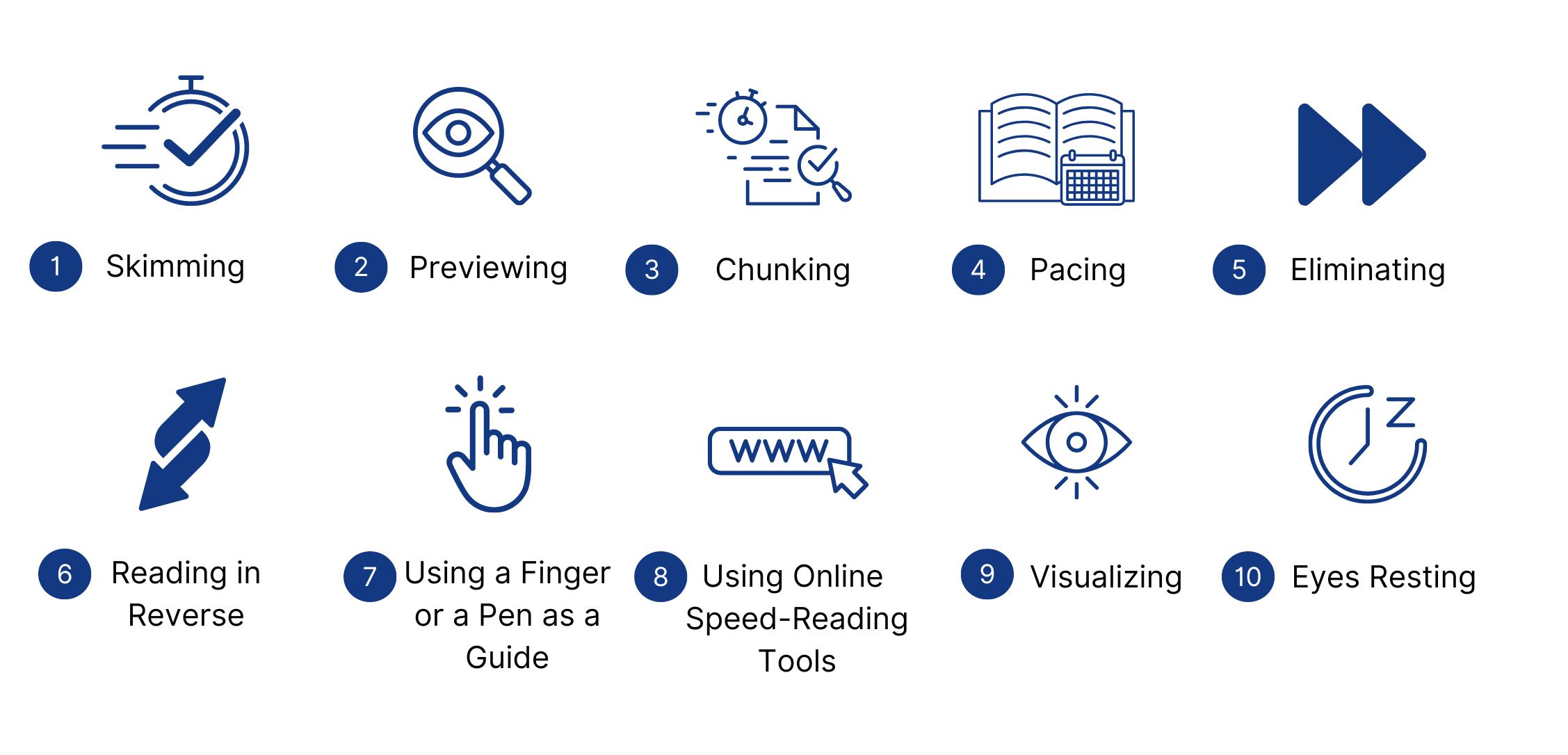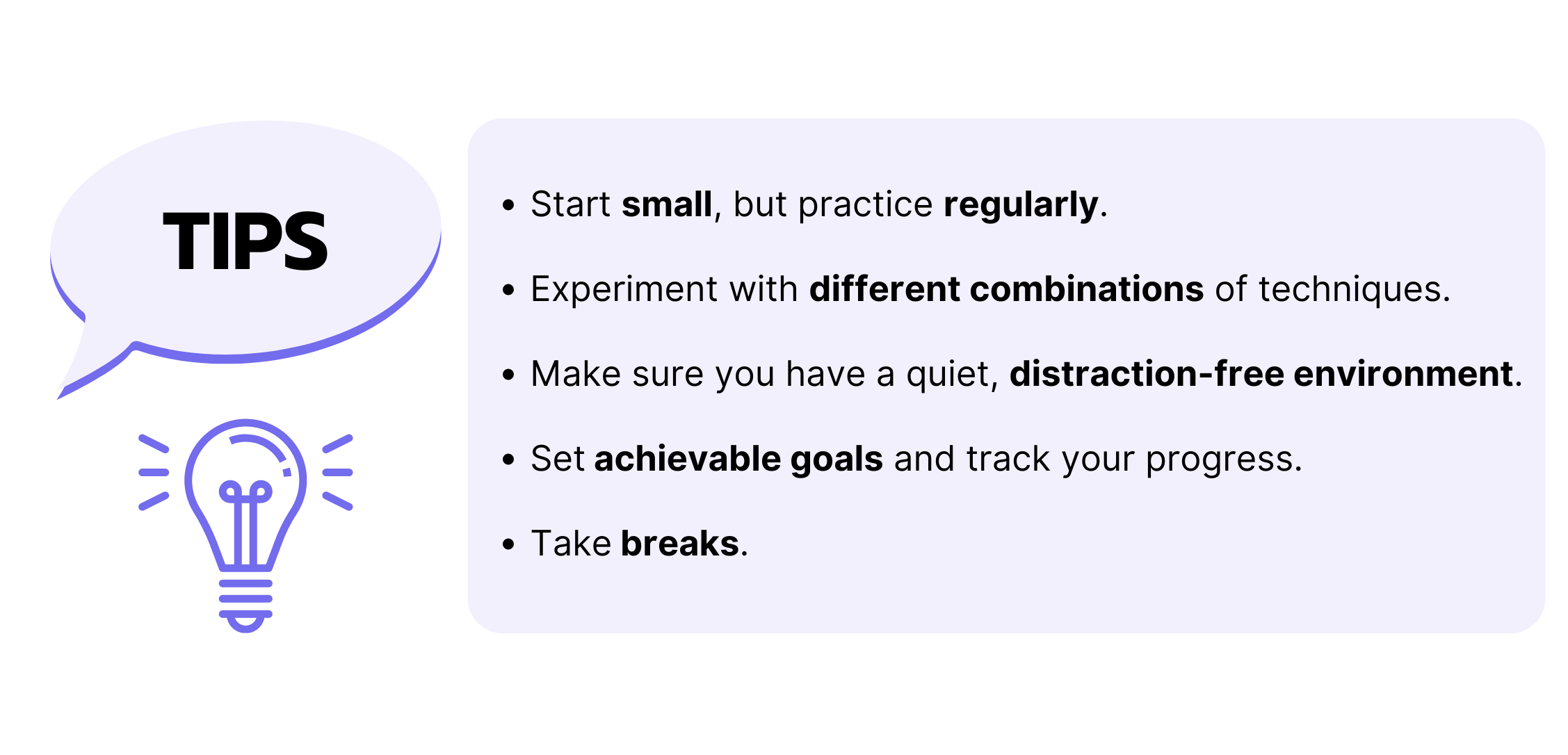Overview
Speed-reading is a reading technique that involves reading text at a faster pace without sacrificing comprehension. The goal of speed-reading is to increase efficiency and productivity by reducing the time spent reading without sacrificing understanding.
Definition – What is Speed Reading
Speed-reading is a method of reading that involves increasing the speed at which an individual reads while maintaining or improving comprehension. This is typically achieved through the use of specific techniques and strategies that help the reader process and retain information more efficiently.
Speed-reading is often associated with advanced reading skills and is considered a valuable tool for students, professionals, and anyone who needs to process large amounts of information quickly. It can be especially useful for individuals who have to read a lot of materials for work or school, or for those who simply want to improve their reading skills.
Scientific Background of Speed Reading
There are various theories and models that have been developed to explain the underlying mechanisms of speed-reading. One such model is the "triple-pass reading" model, which suggests that readers engage in three distinct processing stages when reading: 1) surface processing, 2) intermediate processing, and 3) deep processing. Surface processing involves focusing on the literal meaning of the text, while intermediate processing involves making connections between the text and the reader's prior knowledge. Deep processing, on the other hand, involves critically analyzing and synthesizing the information in the text.
Speed-reading techniques often aim to optimize or bypass the surface processing stage in order to access the deeper processing stages more quickly. This is because the surface processing stage can be time-consuming and may not always be necessary for understanding the text. By optimizing or bypassing this stage, the reader is able to more quickly access the intermediate and deep processing stages, which can provide a deeper understanding of the material.
There are various techniques that can be used to achieve this optimization or bypassing of the surface processing stage. These techniques can help the reader read more efficiently and effectively, allowing them to process and understand the material more quickly. Ultimately, the goal of these techniques is to help the reader comprehend the material in a more efficient and effective manner, enabling them to read faster and more effectively.
Myths and Misconceptions of Speed Reading
There are several myths and misconceptions surrounding speed-reading that it is important to address. One common myth is that speed-reading leads to a decrease in comprehension. However, research has shown that with practice and the use of effective techniques, individuals can significantly improve their reading speed without sacrificing comprehension. This means that it is possible to read faster and still understand and retain the information being read.
Another myth is that only individuals with a natural aptitude for speed-reading can benefit from speed-reading techniques. This is not true. While some people may have a natural ability to read quickly, anyone can improve their reading speed with practice and the use of effective techniques.
It is also important to note that speed-reading is not a one-size-fits-all approach. Different techniques may be more effective for different types of reading materials, and it is important to find the techniques that work best for you and the material you are reading.
Ultimately, the goal of speed-reading is to improve reading efficiency and effectiveness, rather than simply reading as quickly as possible. By learning and practicing effective speed-reading techniques, individuals can improve their reading speed and comprehension, allowing them to more easily and effectively process and retain information.








